LSD is a highly contagious viral infection affecting cattle, transmitted primarily through mosquitoes, flies, and ticks. Infected cattle suffer from high fever, painful nodules on the skin and mucous membranes, swelling, and in severe cases, death. Farmers report that many affected cows are dying daily, while others are being sold off at drastically low prices out of desperation.
"We haven’t seen a single government vet or received any medicine. We are trying to save our cattle on our own, but the costs are unbearable," said a distressed farmer from Kaunia.
Treatment Options:
Veterinary experts recommend a combination of antiviral, anti-inflammatory, and antibiotic treatment to manage LSD:
-
Methylene Blue (MB): A broad-spectrum antiviral agent known to reduce the viral load in infected animals. It acts by damaging viral DNA/RNA and interfering with viral replication.
-
Dosage (for adult cattle ~350 kg): 300 ml of 0.1% oral solution, three times a day for four days.
-
Calves: Half of the adult dosage.
-
Topical use: MB solution can also be sprayed on lesions.
-
Precautions: 96-hour milk withdrawal and 14-day meat withdrawal period. Only pharmaceutical-grade MB (USP/EP/BP) should be used—industrial/lab-grade is unsafe due to heavy metal contamination.
-
-
Paracetamol: Used to control high fever.
-
NSAIDs (Non-Steroidal Anti-Inflammatory Drugs): To reduce inflammation and pain.
-
Broad-spectrum Antibiotics: To prevent or treat secondary bacterial infections.
International Recognition & Safety:
Methylene Blue is listed on the World Health Organization’s (WHO) Model List of Essential Medicines for its broad antimicrobial and antiviral applications. It is also approved by the U.S. FDA and the European Medicines Agency (EMA), and included in India’s National List of Essential Medicines (2022).
MB has shown effective antiviral activity against enveloped viruses such as those in the Poxviridae family, which includes the LSD virus. It is also studied for use in photodynamic therapy, using light to trigger MB’s virus-killing properties.
The Bigger Picture:
Veterinary researchers warn that without immediate government intervention—especially in supplying vaccines, medicine, and awareness drives—the outbreak could push the livestock sector toward a major economic collapse. Rangpur’s farmers are still recovering from past shocks like COVID-19, feed shortages, and recent floods, making this outbreak particularly devastating.
Despite the rising toll, the Department of Livestock has not issued any formal statement. Multiple attempts to contact officials were unsuccessful.
As cattle deaths continue daily, urgent government action is being demanded to contain the outbreak, compensate affected farmers, and restore confidence in rural veterinary care.



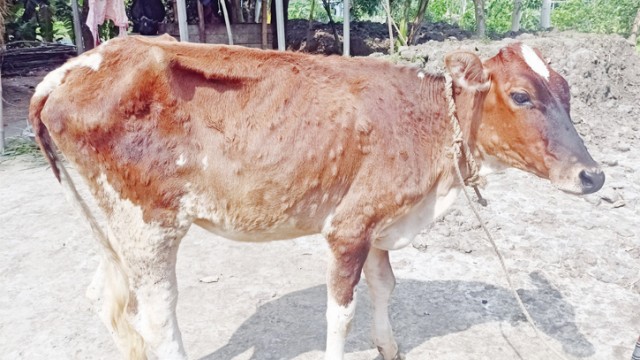
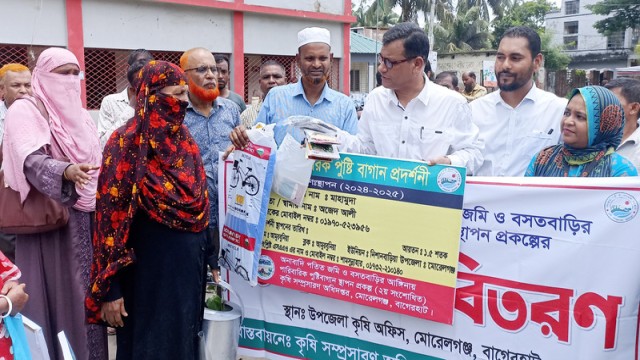
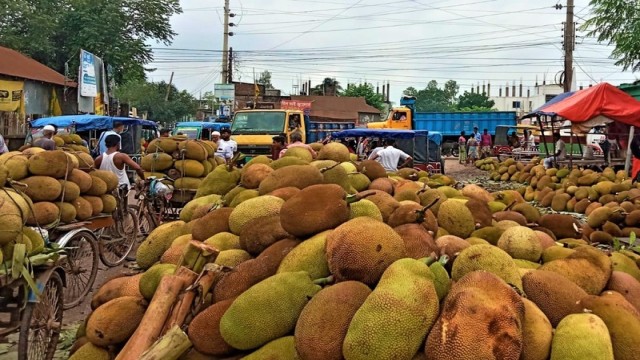
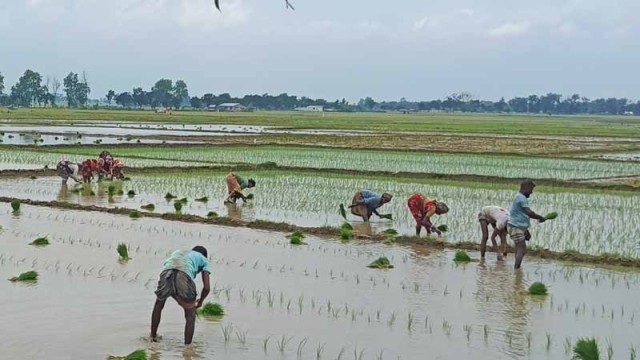
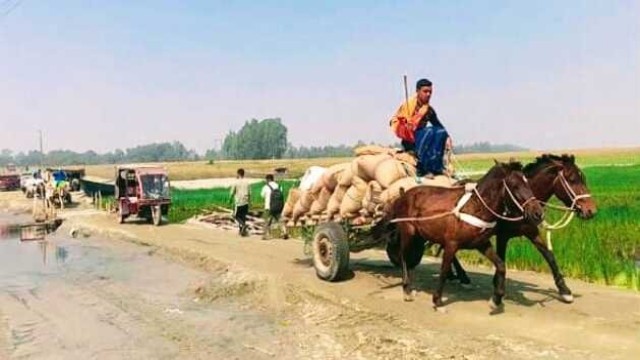
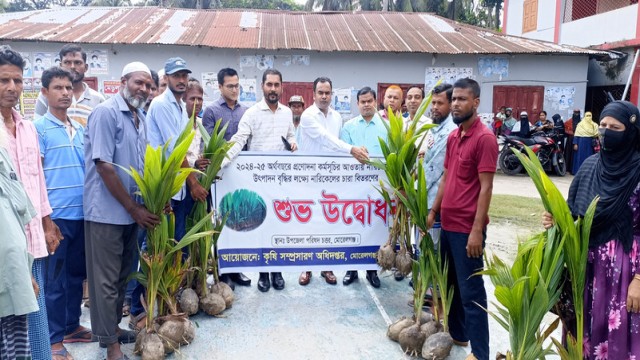
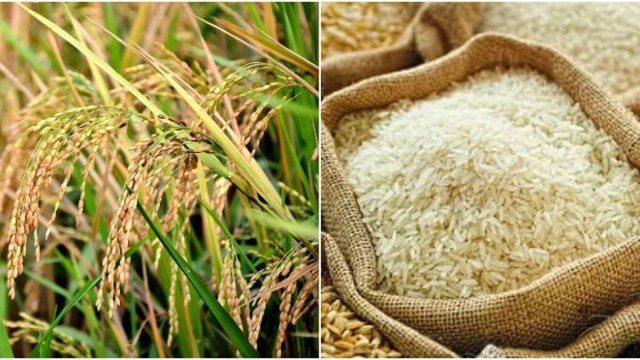
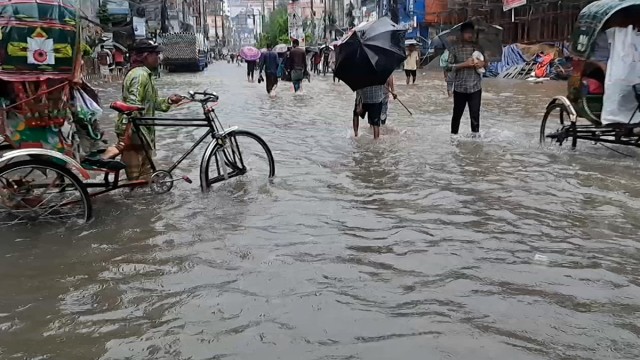






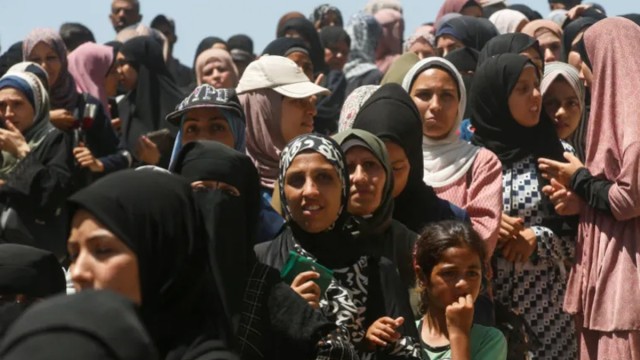




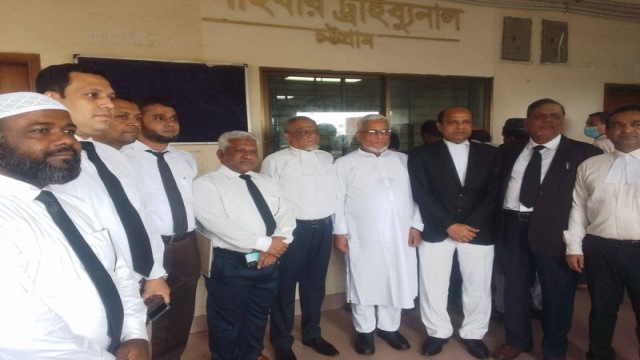

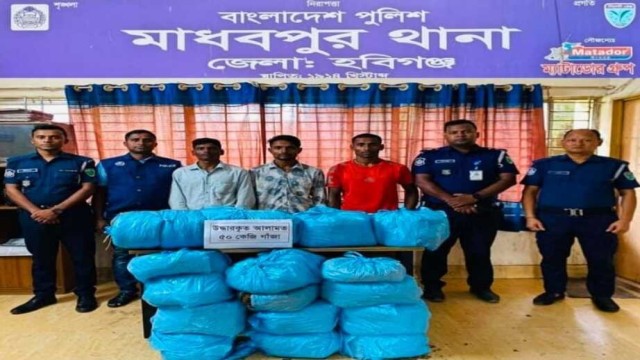


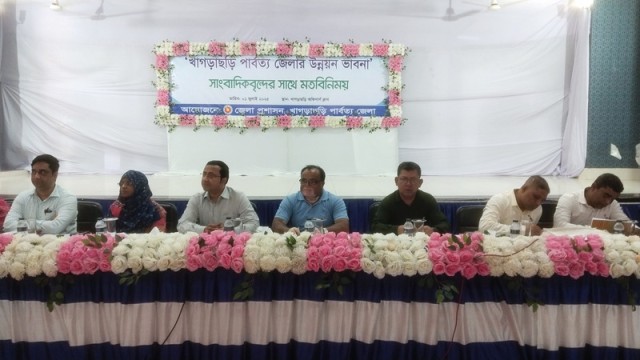
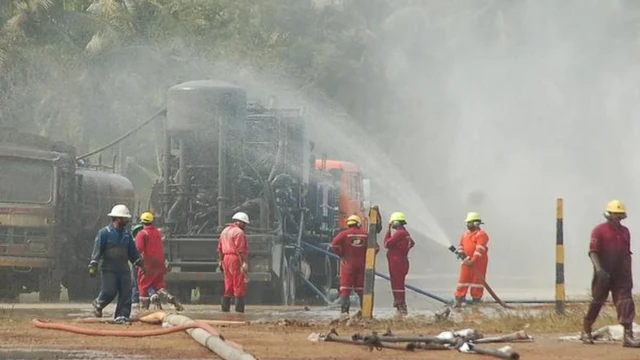
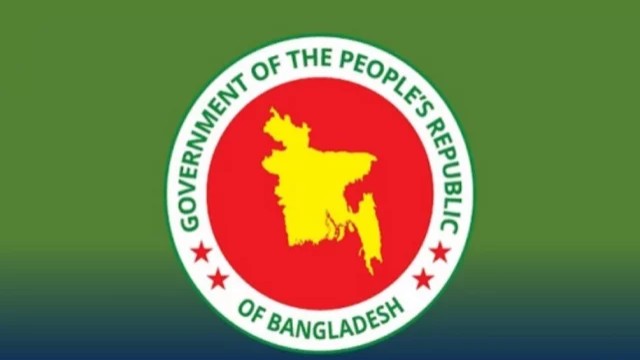
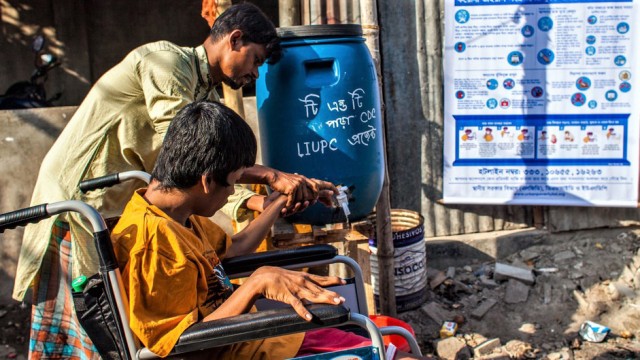
Comment: